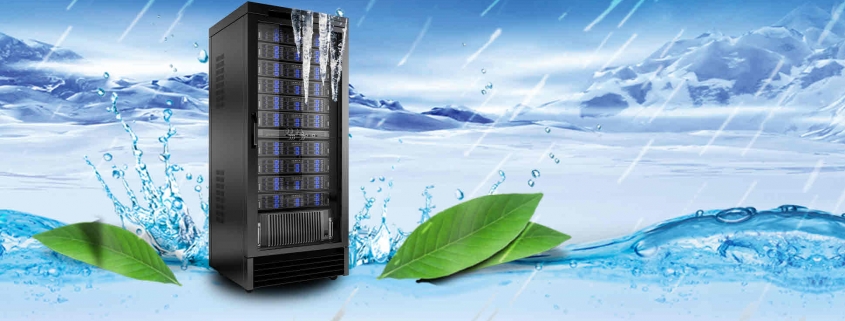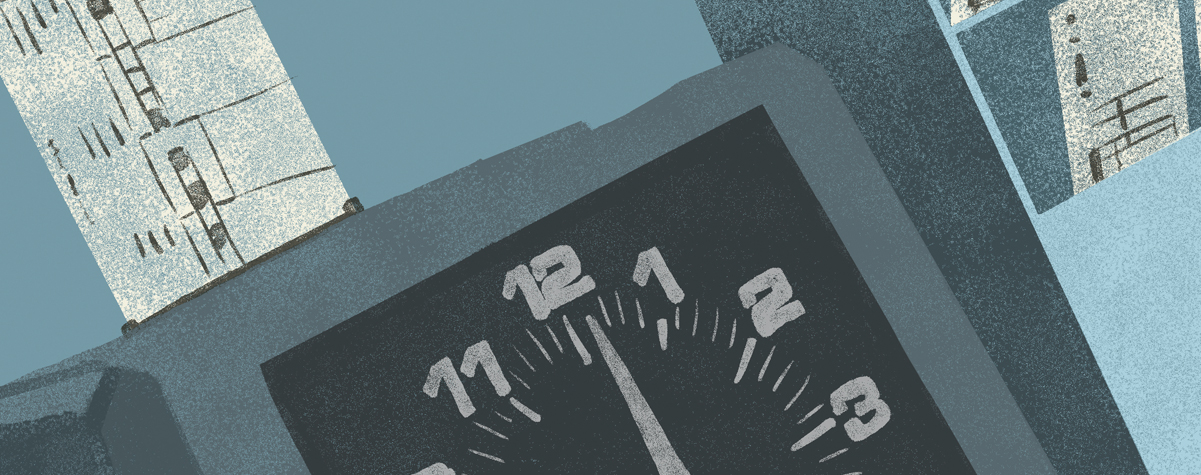Extreme cold — a neglected threat to availability?
In Uptime Institute’s recent report on preparing for the extreme effects of climate change, there were over a dozen references to the dangers of extremely hot weather, which can overwhelm cooling systems and trigger regional fires that disrupt power, connectivity and staff access.
But the effects of extreme cold were discussed only in passing. The main thermal challenge for a data center, after all, is keeping temperatures down, and most data centers subject to extreme cold (e.g., Facebook’s data center in Lulea, Sweden, just outside the Arctic Circle) have usually been designed with adequate protective measures in place.
But climate change (if that is the cause) is known to trigger wild swings in the weather, and that may include, for some, a period of unexpected extreme cold. This occurred in Texas this month (February 2021), which has experienced record cold temperatures — breaking the previous record from 1909 by some margin. Temperatures in Austin (TX) on Monday, February 15, fell to 4 degrees Fahrenheit (-16 degrees Celsius), with a wind chill effect taking it down to -16 degrees Fahrenheit (-27 degrees Celsius).
The impact on digital infrastructure was dramatic. First, the grid shut down for more than seven hours, affecting two million homes and forcing data centers to use generators. This, reportedly, was due to multiple failures in the power grid, from the shutdown of gas wells and power plants (due mainly to frozen components and loss of power for pumping gas) to low power generation from renewable sources (due to low wind/solar availability and frozen wind turbines). The failures have triggered further discussions about the way the Texas grid is managed and the amount of capacity it can call on at critical times. In addition, AT&T and T-Mobile reported some issues with connectivity services.
Data center managers struggled with multiple issues. Those successful in moving to generator power faced fuel delivery issues due to road conditions, while anyone buying power on the spot markets saw a surge in power prices (although most data center operators buy at a fixed price). The city of Austin’s own data center was one of those that suffered a lengthy outage.
All this raises the question: What can data center staff do to reduce the likelihood of an outage or service degradation due to low temperatures (and possible snowy/icy conditions)? Below we provide advice from Uptime’s Chief Technical Officer, Chris Brown.
For backup power systems (usually diesel generators):
• Check start battery condition.
• Check diesel additive to ensure it is protective below the anticipated temperatures.
• Ensure block heaters and jacket water heaters are operational.
• Check filters, as they are more likely clog at low temperatures.
For cooling systems:
• Ensure freeze protection is in place or de-icing procedures are followed on cooling towers. Consider reversing fans to remove built-up ice.
• Ensure all externally mounted equipment is rated for the anticipated temperatures. (Direct expansion compressors and air-cooled chillers will not operate in extreme temperatures.)
• Ensure freeze protection on all external piping is operational.
• Evaluate the use of free cooling where available.
And of course, it’s always good to remember to ensure critical staff are housed near the data center in case transportation becomes an issue. Also, consider reducing some IT loads and turn off a generator or two — it is better to do this than run generators for long periods at a low load.
Given the weather-related February 2021 failure of the Texas grid at a critical time, it may also be advisable for all data center operators to review the resiliency and capacity of their local energy utilities, especially with regard to planning for extreme weather events, including heat, cold, rain and wind. Increasing use of renewable energy may require that greater reserve capacity is available.
For more information on climate change and weather risks along with the litany of new challenges facing today’s infrastructure owner and operators, consider becoming a member of Uptime Institute. Members enjoy an entire portfolio of experiential knowledge and hands-on understanding from more than 100 of the world’s most respected companies. Members can access our report The gathering storm: Climate change and data center resiliency.

 UI 2021
UI 2021






 2019
2019 UI 2021
UI 2021 UI @ 2021
UI @ 2021